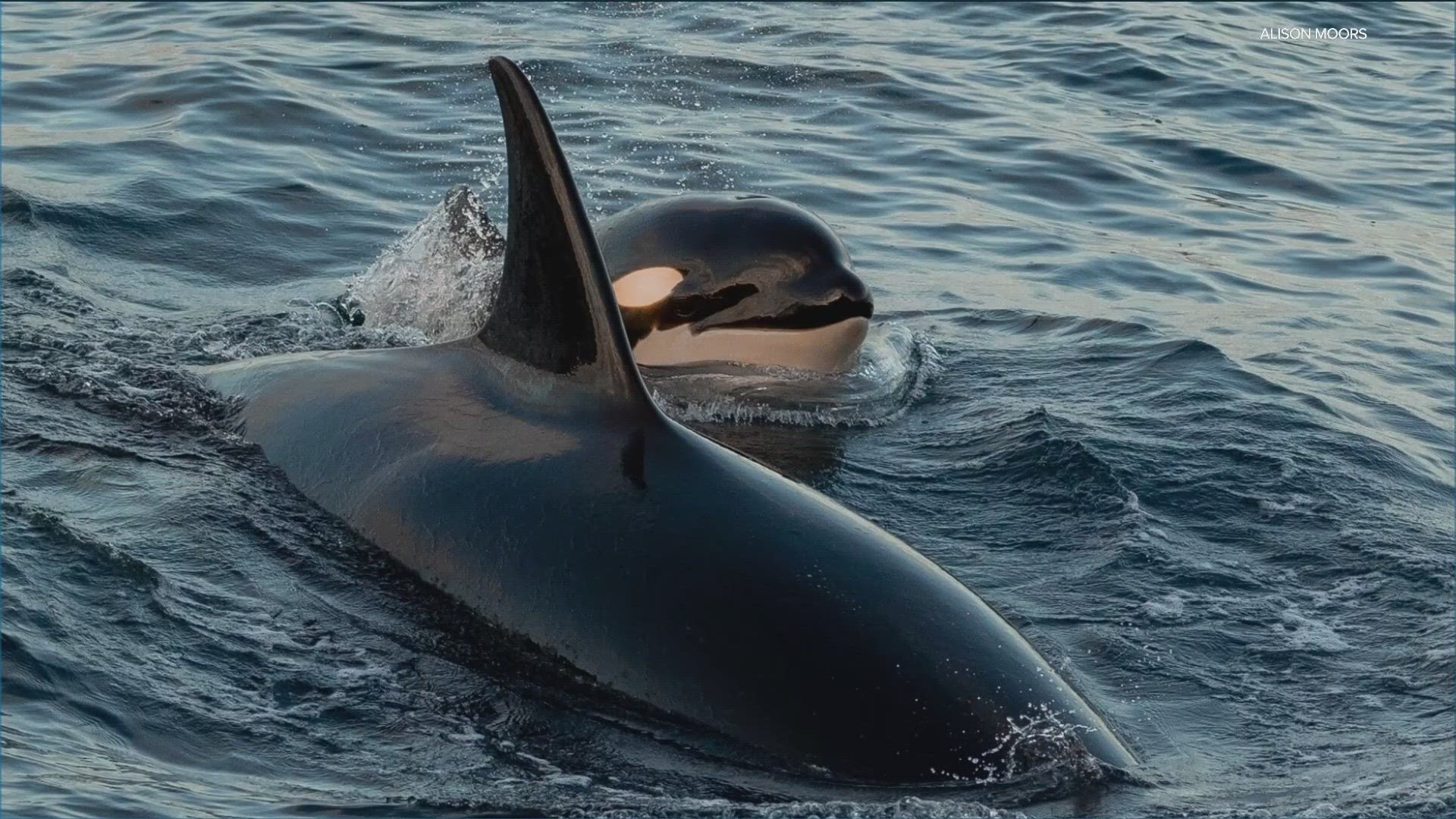SAN DIEGO — Since December, many San Diegans and visitors have spotted pods of killer whales.
Justin Viezbicke works to help stranded marine mammals with the National Oceanic and Atmosphere Administration (NOAA) Fisheries. He said he’s received an increase in calls about boaters chasing killer whales and getting far too close.
"It's really important as humans to air on the side of caution because we want to provide them space and safety for us," said Viezbicke. "These are wild animals. They don’t call them killer whales for no reason. Give them space and enjoy the show."
NOAA has a few guidelines for whale watchers to follow:
- To avoid harassing a marine mammal, stay at least 100 yards away, which is the length of a football field.
- Make sure to slow down, operate at no wake speed and steer the boat parallel to the animals or from the side; not head-on.
- If you are flying a drone to take pictures of the whales, NOAA says to only operate the drone during daytime hours and park your vessel before flying your drone.
"Most often, we are seeing a group of whales with lots of action. It really requires a captain at the helm paying attention and keeping a safe distance and not interfere with what they have going on," said Viezbicke. "Mostly, the orcas are eating dolphins and bottle nose dolphins; eating them or teaching their young how to catch marine mammals."
Viezbicke said he isn’t sure why the orcas have stuck around San Diego for this length of time, but he emphasized the importance of prioritizing safety.
"It's normal that they are around. What's abnormal is the length of time they’ve been here," said Viezbicke. "It's been about a month now with a lot of action. They’ve been eating and teaching the young killer whales what to do and do what they do best."
WATCH RELATED: Orcas spotted off La Jolla coast (Jan. 29, 2024)

